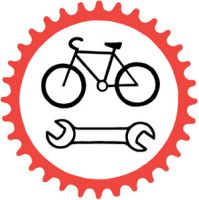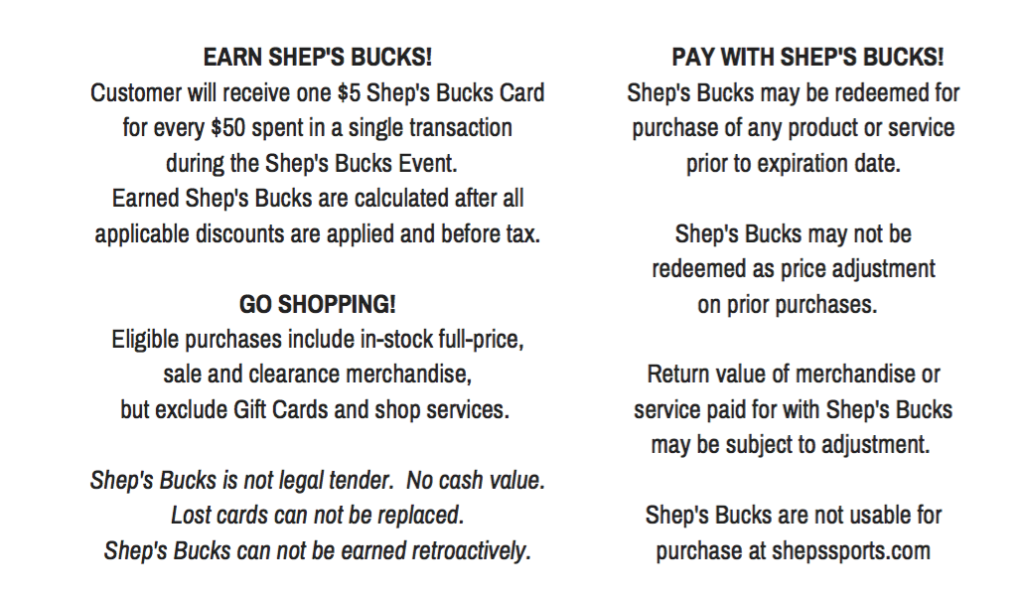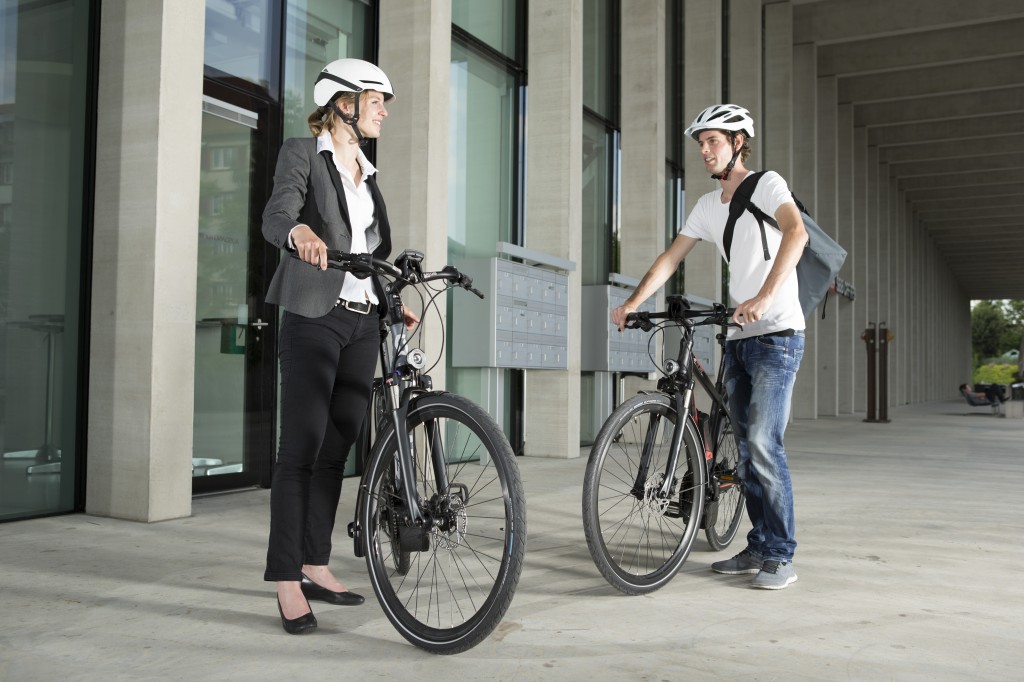All week, we’ve shared great information about commuting to work by bike. Today, we thought we’d give you some reasons why it’s all worth it. It’s no secret that commuting by bike saves money, is better for your health, and lowers your carbon footprint, but the numbers may surprise you:
According to an article published in Forbes Magazine, the average bike commuter reported they paid an initial $500 to $800 for a bike and commuting related accessories, and had an annual maintenance cost of around $100. Compare that to the average cost of a vehicle today. It’s very easy to spend upwards of $10,000 to $20,000 to purchase a car, and then factor in the cumulative costs of commuting by car: $2.41/mile as calculated by Commute Solutions, which takes into account everything from gas prices to insurance to road repair costs. Say your average commute is five miles round trip and you work five days week. Within a month, you’ve already spent more than the average yearly costs of riding your bike. And with the uncertainty of gasoline prices, that number could easily increase.
Another benefit of riding a bike is better health. Our mechanic lives two miles from the shop, and commutes the 20 minutes to work and back daily. That’s 20 minutes of increased heart rate daily, which any doctor would tell you is beneficial. Plus, exercise in the morning has been linked to increased awareness and productivity throughout the workday.
Lastly, we all know it’s better for the environment to commute on bike. How much you ask? Shreya Dave, a graduate student at MIT, recently concluded that an ordinary sedan’s carbon footprint is more than 10 times greater than a conventional bicycle on a mile-for-mile basis, assuming each survives 15 years and you ride the bike 2,000 miles per year (or slightly less than eight miles per weekday). That’s a lot of trees saved, a lot less gas used, and way cleaner air for us all to breathe.
Still not convinced? Give it a go for a week. See how you feel, experience the feel of the wind in your face on your way to work, and how much happier you are during your work day. We’re pretty sure your stress will be lowered not having to deal with driving in the morning rush, and you’ll be way happier looking at your bank statement every month. And if you find it’s not for you, we urge you to still get out on your bike a few times a week and reap the benefits they provide from a recreational standpoint.
Happy riding everyone!







